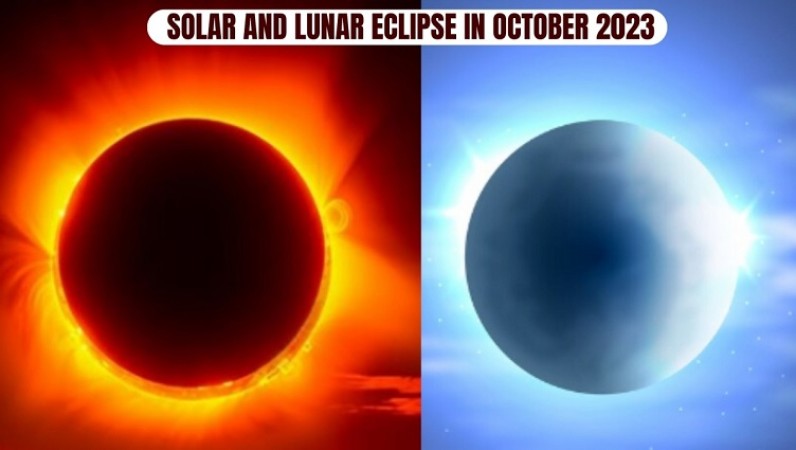
The month of October in 2023 promises to unveil two spectacular celestial occurrences: a solar eclipse on the 14th and a lunar eclipse on the 28th. Mark your calendars for these cosmic events. The solar eclipse, often referred to as the "ring of fire," won't be observable from India but will grace the skies over parts of North America and the Pacific Ocean. Meanwhile, the lunar eclipse, known as the "Blood Moon," will be visible in India, the Americas, western Europe, and western Africa. Unlike solar eclipses, lunar eclipses can be safely viewed without any special equipment, allowing us to marvel at the wonders of the universe.
Global Eclipse Timeline:
Lunar eclipses can be seen from any location on the night side of Earth, provided the skies are clear. In some regions, the entire eclipse will be visible, while in others, the Moon will either rise or set during the eclipse.
Eclipse Phases (UTC Time):
Penumbral Eclipse Begins: October 28, 18:01:48
Partial Eclipse Begins: October 28, 19:35:25
Maximum Eclipse: October 28, 20:14:05
Partial Eclipse Ends: October 28, 20:52:40
Penumbral Eclipse Ends: October 28, 22:26:25
Quick Eclipse Facts:
Magnitude: 0.122 (Fraction of the Moon's diameter covered by Earth's umbra)
Obscuration: 6.0% (Percentage of the Moon's area covered by Earth's umbra)
Penumbral Magnitude: 1.118 (Fraction of the Moon's diameter covered by Earth's penumbra)
Overall Duration: 4 hours and 25 minutes (Period from the beginning to the end of all eclipse phases)
Duration of Partial Phase: 1 hour and 17 minutes (Period from the beginning to the end of the partial phase)
Duration of Penumbral Phases: 3 hours and 7 minutes (Combined period of both penumbral phases)
Lunar Eclipse 2023 in India: Chandra Grahan, Sutak Timing, and More